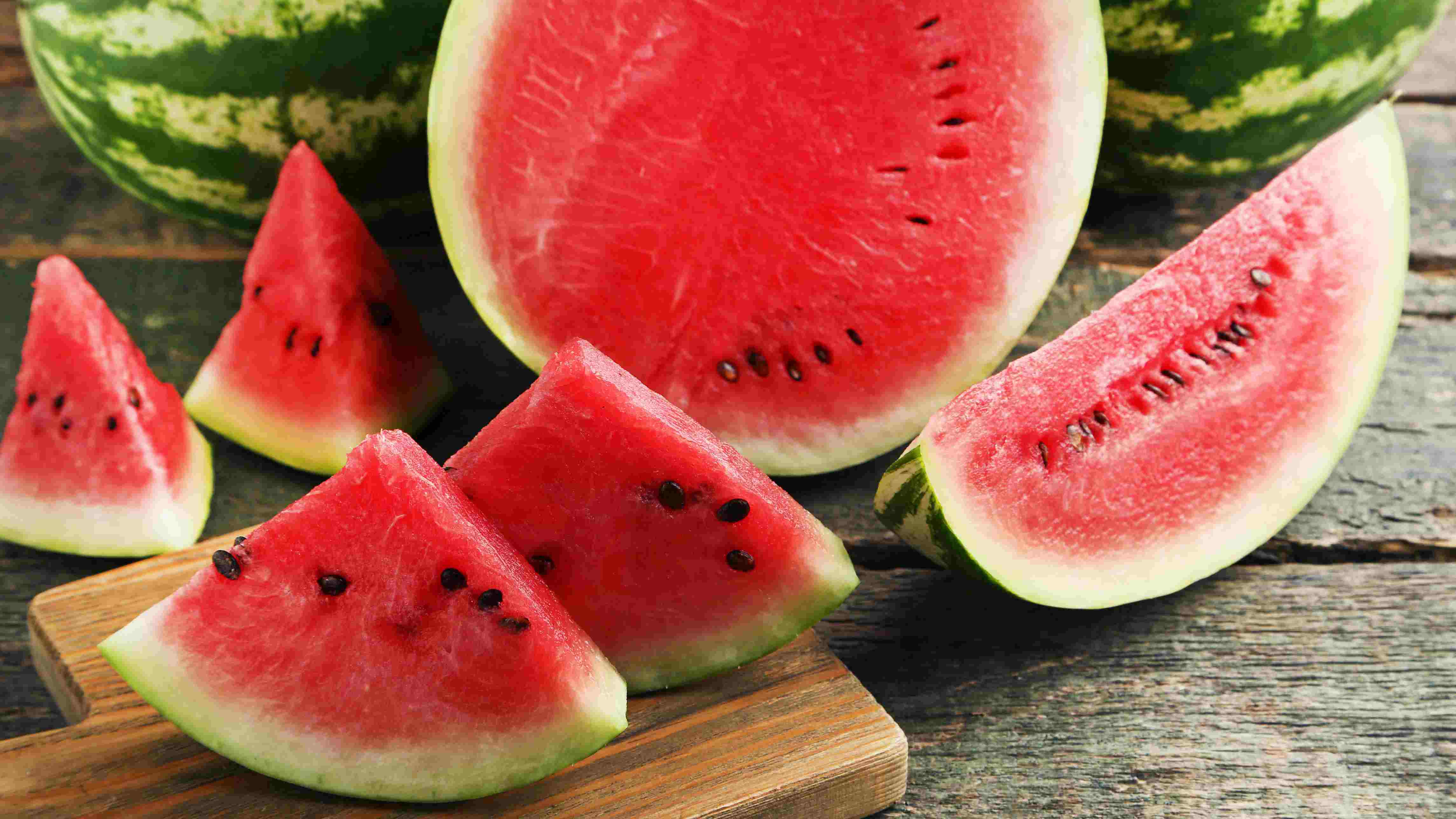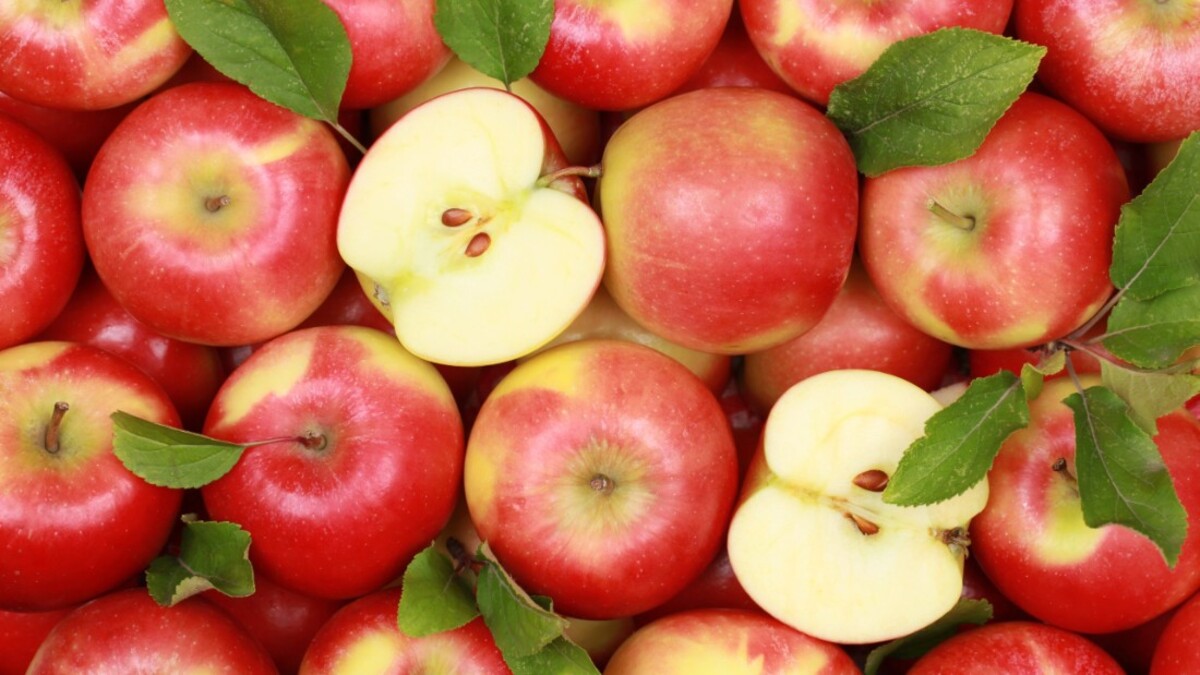Home>Gardening News and Trends>Latest News>How Many Carbs In Vegetables


Latest News
How Many Carbs In Vegetables
Modified: January 22, 2024
Discover the latest news on how many carbs are in vegetables. Get the information you need to maintain a healthy diet with our comprehensive guide.
(Many of the links in this article redirect to a specific reviewed product. Your purchase of these products through affiliate links helps to generate commission for Chicagolandgardening.com, at no extra cost. Learn more)
Table of Contents
Introduction
Welcome to our comprehensive guide to understanding the carbohydrate content in vegetables. As more people adopt low-carb or ketogenic diets, it’s crucial to have a clear understanding of which vegetables are low in carbs and which ones are higher in carbohydrates. By knowing this information, you can make informed decisions about which vegetables to include in your meals and maintain a healthy diet.
Carbohydrates are one of the primary macronutrients found in food, providing energy to the body. However, not all carbohydrates are created equal. Some vegetables are low in carbs and can be enjoyed in abundance, while others may be higher in carbs and require more moderation. By identifying the carb content of different vegetables, you’ll be better equipped to design a diet that suits your specific needs and goals.
In this guide, we’ll categorize vegetables into three groups: low carb vegetables, high carb vegetables, and starchy vegetables. We’ll provide a breakdown of the carb content in each group and discuss their nutritional profiles. Additionally, we’ll offer tips on how to incorporate these vegetables into your meals and suggest some delicious recipes to inspire your culinary adventures.
Understanding the carbohydrate content in vegetables is an essential step toward promoting a healthy lifestyle. Armed with this knowledge, you’ll be able to create balanced and nutrient-rich meals that support your overall well-being. So, let’s dive into the world of vegetables and explore their carbohydrate content together.
Carbohydrates in Vegetables
When it comes to carbohydrates, not all vegetables are created equal. While some are low in carbs and can be consumed in larger quantities, others may contain higher carbohydrate levels and need to be enjoyed in moderation. Understanding the carb content in vegetables can help you plan balanced meals and make informed dietary choices.
Vegetables naturally contain carbohydrates, mainly in the form of sugars, starches, and fiber. The amount of carbs in vegetables can vary significantly, so it’s important to be aware of the differences. While some vegetables are packed with vitamins, minerals, and fiber, others may have a higher impact on blood sugar levels due to their higher carb content.
In general, non-starchy vegetables tend to be lower in carbohydrates, making them suitable options for those following low-carb or ketogenic diets. Non-starchy vegetables include leafy greens, cruciferous vegetables, and other varieties like cucumbers, zucchini, and peppers. These vegetables are rich in essential nutrients and low in digestible carbohydrates, making them ideal choices for maintaining stable blood sugar levels.
Root vegetables and some squashes, on the other hand, tend to be higher in carbohydrates. While they offer some nutritional benefits, it’s important to be mindful of portion sizes and calculate their carb content when planning meals. Starchy vegetables, such as potatoes and corn, can be particularly high in carbs and should be consumed in moderation by those watching their carbohydrate intake.
By being aware of the carbohydrate content in vegetables, you can create a well-rounded and balanced diet that supports your health goals. In the next sections, we’ll explore low carb vegetables, high carb vegetables, and starchy vegetables in more detail, providing examples and specific carb counts to guide your meal planning.
Low Carb Vegetables
Low carb vegetables are a great addition to any diet, especially for those aiming to reduce their carbohydrate intake. These vegetables are typically high in fiber, vitamins, and minerals while being low in digestible carbohydrates. Incorporating low carb vegetables into your meals can help promote satiety, support weight management, and provide essential nutrients.
Leafy greens are a prime example of low carb vegetables. Varieties such as spinach, kale, lettuce, and arugula are packed with nutrients and have minimal carbohydrates. These greens can be enjoyed in salads, sautéed as a side dish or added to smoothies for a nutrient boost. Other low carb options in the vegetable kingdom include broccoli, cauliflower, Brussels sprouts, and asparagus. These vegetables are not only low in carbs but also rich in fiber, vitamins, and minerals.
In addition to leafy greens, you can explore the world of cruciferous vegetables. Cabbage, bok choy, and radishes are excellent choices, providing a satisfying crunch and a range of health benefits. Cucumbers, zucchini, and peppers are also low in carbs and can be used in a variety of dishes, from stir-fries to salads.
Low carb vegetables are versatile and can be enjoyed in a multitude of ways. Roasting or grilling them brings out their natural flavors and textures, while steaming or sautéing ensures they retain their nutritional value. You can also incorporate them into soups, stews, and casseroles for added complexity and nutrient density.
When planning meals, it’s essential to consider the specific carbohydrate content of different low carb vegetables. For example, 1 cup of raw spinach contains only about 1 gram of carbohydrates, while the same amount of cauliflower has around 5 grams. By understanding these counts, you can design a meal plan that aligns with your dietary goals.
Now that we’ve explored the world of low carb vegetables, let’s move on to discussing high carb vegetables and their role in a well-rounded diet.
High Carb Vegetables
While low carb vegetables are popular among individuals following certain diets, high carb vegetables can still play a role in a healthy and balanced meal plan. These vegetables tend to have a higher carbohydrate content compared to their low carb counterparts, but they also offer a wide range of essential nutrients that are beneficial for overall health.
One example of a high carb vegetable is the humble potato. Potatoes are a staple in many cuisines and provide a good source of energy, vitamins, and minerals. However, it’s important to note that the carb content of potatoes can vary depending on the cooking method and serving size. Baking or boiling potatoes with their skins intact can help preserve their nutritional value and minimize the impact on blood sugar levels.
Corn is another high carb vegetable that is commonly enjoyed in various forms, such as on the cob, in salads, or as a side dish. While corn is higher in carbs compared to other vegetables, it is also rich in fiber and contains beneficial nutrients like vitamin C and folate. Moderation is key when incorporating corn into your diet to manage your carbohydrate intake.
Carrots, beets, and peas are also considered high carb vegetables, but they bring their own unique set of nutritional benefits. Carrots are rich in beta-carotene, which is converted into vitamin A in the body and contributes to eye health and immune function. Beets are packed with antioxidants and may support heart health. Peas contain fiber, protein, and various vitamins and minerals.
While these high carb vegetables may contain more carbohydrates compared to their low carb counterparts, they can still be included in a balanced meal plan. Portion control and mindful eating are essential to ensure that your carbohydrate intake aligns with your health goals. Pair high carb vegetables with a source of protein and healthy fats to create a well-rounded and satisfying meal.
Remember, the key is to understand the carbohydrate content of these vegetables and make informed choices based on your individual dietary needs and preferences. Let’s move on to the next section, where we’ll delve into the world of starchy vegetables.
Starchy Vegetables
Starchy vegetables are a category of vegetables that contain a higher amount of carbohydrates compared to other types of vegetables. These vegetables can serve as a valuable source of energy and contribute to a well-balanced diet. However, it’s important to be mindful of portion sizes and incorporate them into your meals in moderation, particularly if you are following a low-carb or ketogenic diet.
One of the most well-known starchy vegetables is the potato. Potatoes come in various forms, such as russet, red, and sweet potatoes. They are versatile and can be prepared in many delicious ways, including mashed, roasted, or as part of a hearty stew. While potatoes are a staple in many diets, they can significantly impact blood sugar levels due to their higher carbohydrate content. It’s advisable to enjoy potatoes in reasonable portion sizes and consider healthier cooking methods, such as baking or boiling, rather than frying.
Another starchy vegetable worth mentioning is the butternut squash. It has a sweet, nutty flavor and can be used in a variety of recipes, from soups to roasted vegetable medleys. Butternut squash is a good source of fiber, vitamins A and C, and potassium. While it contains more carbohydrates than non-starchy vegetables, it can still be enjoyed as part of a balanced diet when portion sizes are controlled.
Other examples of starchy vegetables include carrots, corn, parsnips, and peas. These vegetables contain varying amounts of carbohydrates and provide essential nutrients like fiber, vitamins, and minerals. Including them in your meals can add variety and flavor to your diet. However, it’s important to keep in mind the overall carbohydrate content and adjust your portion sizes accordingly.
When incorporating starchy vegetables into your meals, consider pairing them with protein and healthy fats to help balance out the impact on blood sugar levels. This can help slow down the digestion and absorption of carbohydrates, leading to more stable blood sugar levels and sustained energy.
Understanding the role and carbohydrate content of starchy vegetables can help you make mindful choices about their inclusion in your diet. By practicing portion control and balancing your meals with other nutrient-rich foods, you can enjoy the benefits that starchy vegetables have to offer while still maintaining a healthy carbohydrate intake.
Now that we’ve covered low carb vegetables, high carb vegetables, and starchy vegetables, let’s summarize our findings and offer some concluding thoughts.
Conclusion
Understanding the carbohydrate content in vegetables is essential for creating a well-rounded and balanced diet. By categorizing vegetables into low carb, high carb, and starchy varieties, we can make informed choices about which vegetables to include in our meals.
Low carb vegetables, such as leafy greens, cruciferous vegetables, and other non-starchy options, are rich in essential nutrients and low in digestible carbohydrates. They can be enjoyed in abundance and are ideal choices for those following low-carb or ketogenic diets.
High carb vegetables, including potatoes, corn, carrots, and peas, provide a significant amount of carbohydrates but also offer various nutritional benefits. Moderation and portion control are important when incorporating these vegetables into your meal plan.
Starchy vegetables, like potatoes and butternut squash, have a higher carbohydrate content compared to other vegetables. It’s crucial to be mindful of portion sizes and consider healthier cooking methods to manage their impact on blood sugar levels.
By understanding the carbohydrate content of different vegetables, you can create a balanced and nutritious diet that aligns with your health goals. Combining vegetables with protein and healthy fats can help stabilize blood sugar levels and provide sustained energy throughout the day.
Don’t be afraid to experiment with different vegetables and explore new recipes. Incorporating a variety of vegetables into your meals not only adds flavor and color but also ensures that you’re getting a wide range of essential nutrients.
Remember, there is no one-size-fits-all approach to nutrition. It’s important to listen to your body and adjust your vegetable choices based on your individual needs and preferences. Consulting with a healthcare professional or registered dietitian can provide personalized guidance and support for your dietary journey.
So, let’s embrace the world of vegetables and make them a delicious and nutritious part of our everyday meals!










